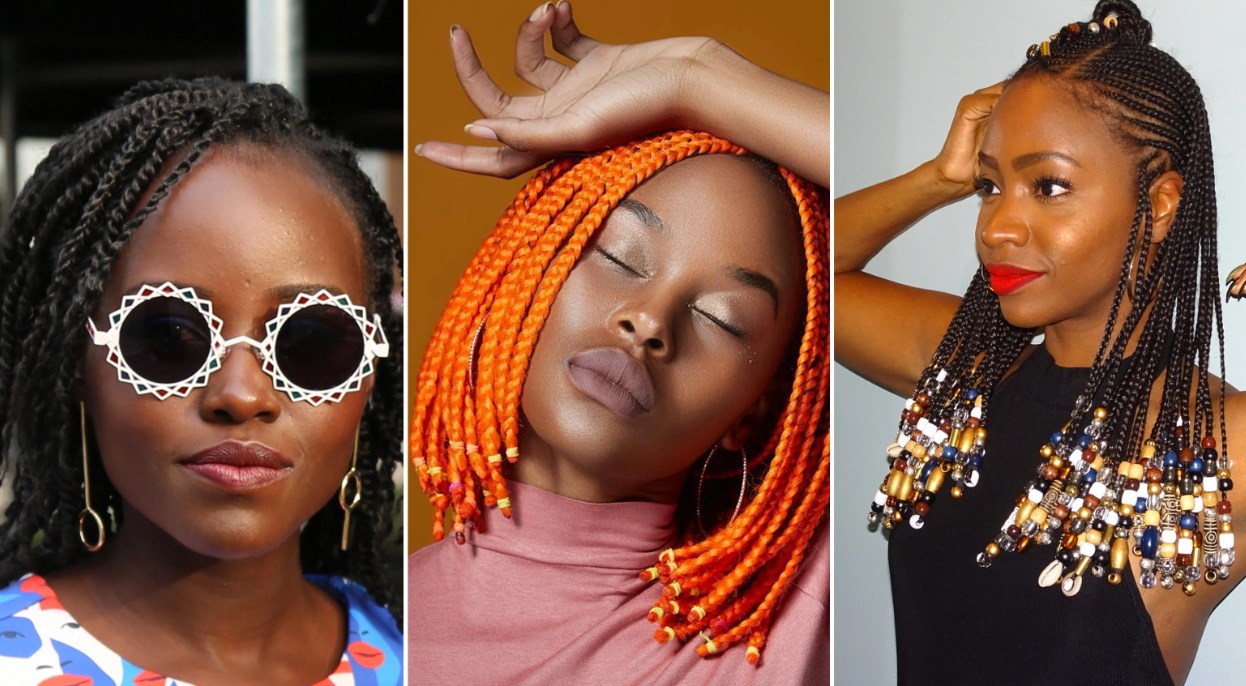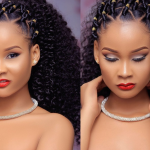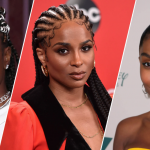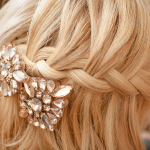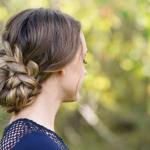Before learning how to create African hair braids, make sure you thoroughly clean and condition your hair. Not only will this prevent itching and flaking, but it will also help heal any damage already done to your hair. Try a product like Wash Day Delight to remove excess oil and dirt from your hair. This will help heal any existing damage and prevent future breakage.
Crochet Braids Aren’t Strictly an African Hair Braiding Style
If you want to have a hairstyle that looks stylish and comfortable, crochet braids are for you. Although this style of hair braiding isn’t strictly African, it is quite common among African women. It is simple to do and can be used for various occasions. Its curly appearance makes it very appealing to African-American women, who often prefer to wear it in a natural way. Crochet braids are easy to install and can look great if you know how to style them. A great example of a hairstyle made from crochet braids is a giant half-up bun. This look is easy to create in the morning and looks polished and cool.
Crochet braids are a great alternative to sew-in extensions. The braids are more realistic and can blend in with your own hair. You can choose different colors, textures, and densities, and you can install them using a bobby pin.
Another great thing about crochet braids is that they’re low maintenance. They can last for four to six weeks depending on how you care for them. And they don’t break easily. They last two to three times longer than other protective styles. These braids are also a great choice if you’re looking for a protective style that looks stylish.
The crochet style is very versatile and can be done on any hair type. These braids are also good for transitioning from one hairstyle to another. These braids can also give a relaxed woman a natural look. In addition, they’re cheap and easy to install. They also require fewer packs of hair than box braids. However, they can take several hours to create.
Bantu Knots Are a Hybrid Between Cornrows and Box Braids
Bantu knots are a fun, versatile style that doesn’t require a lot of time to do. You can create them with wet or dry hair. The basic technique involves twisting two strands of hair together. You then wrap the hair around the twist to form a knot. You can secure the knot with hair pins. To make a more elaborate style, you can add string or hair jewelry. Bantu knots can also be twisted in different ways to create triangles and half-up/half-down looks.
You can create a Bantu knot on dry hair to create medium-length soft curls. You can use this style to complement cornrows, braided pigtails, or sleeked-down baby hair. The Bantu knot looks even better on wet hair and can create big curls.
This style is both cultural and royal. It draws its inspiration from the Yoruba-Nigerian culture. It is made by coiling hair around itself and then securing it with pins or small hair elastics. The bantu knot is a great choice for anyone with natural hair because it doesn’t require heat or styling products.
Bantu knots can last for a week or more with proper care. These hairstyles are great for transitioning from dreadlocks or braids to your natural hair. To prevent breakage and promote healthy growth, you can also try using a nourishing shampoo and conditioner to keep your hair moisturized.
Cornrows have a long history dating back to 3000 B.C. and were originally used on the West and Horn coasts of Africa. They are protective and can be worn in any length or with extensions. Many styles have emerged over the centuries, with many variations. Cornrows can be slick or smooth and can be cut and styled into different patterns. However, the braider must be careful not to leave the edges of the cornrows slick or they may break easily.
Feed-in Styles Work Well for Short Hair
Feed-in braiding styles are versatile and can be worn any time of the year. They are particularly popular during the warmer months. The style requires little manipulation and minimal time spent on styling. Moreover, it provides hair protection from the sun and pool water.
A feed-in braiding style can last for up to two weeks. However, it is advisable to seek a hairstylist who knows how to install the braids. If your scalp is sensitive, this type of hairstyle can be uncomfortable.
Feed-in braiding styles are easy to apply and maintain. They are also low-cost. They cost only a few dollars per braid. The price of a feed-in style will vary from $80 to $100, depending on the design. It is also ideal for people with shorter hair because of its versatility.
Feed-in braiding styles can be applied to any hair length. They are available in many different colors and textures. They can be made into multiple layers or worn as one long braid. You can accessorize with hair ornaments and jewelry. In addition, feed-in braiding styles can also be worn with a variety of outfits.
They’re Easy to Create
African hair braiding tutorials are easy to follow and can help you create stunning hairstyles in a short time. You can easily make these hairstyles at home and they will last for at least four to six weeks, or longer if you maintain them properly. These styles are very popular and can be done on short hair too.
To start, you need to divide your hair into three equal sections. To do so, start at the nape of the neck. Use your right hand to hold the right strand and the left hand to hold the left strand. Take a strand from each section and cross it over the center strand. Repeat this process until the entire head is braided. When the braid is complete, you can secure it with a small clear elastic.
African hair braids are easy to create, but you must have a few inches of hair. If you have shorter hair, you can use the feed-in style which is good for short hair. This style ensures that your natural hair is attached tightly. Another style that you can make at home is the classic knotted base. This is slightly trickier to create, but is still achievable. Whether you want to braid your hair up the traditional way or try a new style, African hair braiding tutorials are easy to follow.
The first step is to detangle your hair. Detangling your hair will make the process of installing the braid smoother. It will also prevent breakage during the removal of the braid. To help with this process, you can use a comb to detangle your hair.
They Protect Fragile Edges
When it comes to African hair braiding tutorials, one of the most important tips is to protect the edges. These delicate edges are particularly fragile, so it is essential to protect them with a protective hairstyle. To do this, you need to wash your hair thoroughly and use conditioning products. This will keep your hair clean and prevent flaking and itching. You can use a hair care product like Wash Day Delight, which can remove excess oil and clean the scalp. It will also help heal any existing damage and prevent breakage.
